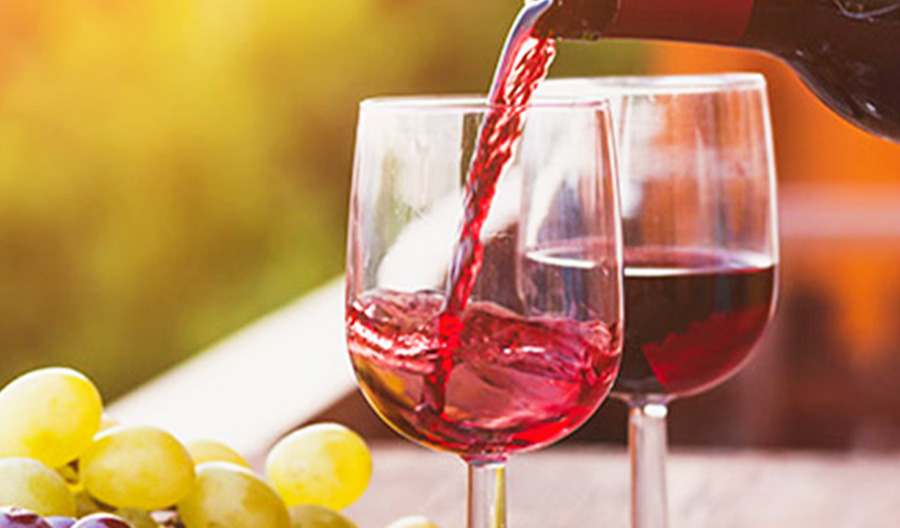Wine blends offer both winemakers and customers several advantages. They give producers the freedom to change up a wine’s style from year to year and source the best grapes from their estate-owned land and growers. Blends tend to be more consistent wines, allowing winemakers to create and maintain a house style of wine year to year. Some of the iconic red blends might be seen as more similar to Cognac or Champagne because of the consistent style they are able to achieve throughout different vintages.
However red blends, particularly in California, have encountered some market hurdles. The American wine consumer generally wants to know the exact mix of grapes going into their favorite wines. Thankfully some of these concerns are abating as more wine buyers are embracing field blends—mixes that are based on what is growing in different parcels of land—and they appreciate how blends allow winemakers to craft both unique and often more consistent wine over decades.
Why California Leads the Way
In 1988, California wine producers gathered together to create the Meritage Alliance and coined the term “Meritage,” a catch-all label for red blends made from the classic Bordeaux grapes. Technically, wine produced in California needs to contain at least 75 percent of one grape varietal to be labeled as such. So producers that only moderately adjust their blends, from year to year, may be able to label them as single-varietal wines if they choose to do so. At the same time, the creation of the Meritage category has let winemakers experiment and try to find the right recipe for what each piece of land can produce.
Most blends are generally based on the classic Bordeaux red grape varieties: like Merlot and Cabernet Sauvignon.

Most blends are generally based on the classic Bordeaux red grape varieties: like Merlot and Cabernet Sauvignon. Some get a little frisky with Syrah and Zinfandel, but more than anything the newfound curiosity for blends is allowing Golden State producers to understand what grows best on their land. It has also helped them comprehend how to market these wines better.
For the first time in decades, red blends are often seen as more prestigious than single-varietal reds. These wines are often both a new local discovery for passionate American wine consumers as well as a bridge to Europe—and New World countries like Chile—that have long made these types of wines.
Some producers are investing in Grenache Syrah Mourvèdre (GSMs) and other blends. Another emerging style is Douro blends, using many of the main grapes that go into Port production such Tempranillo, which is known as Tinta Roriz in Portugal.
Red blends offer an immense diversity of styles for consumers. The bulk of the red blends in California are generally Bordeaux blends, made from the five classic red Bordeaux varietals (Cabernet Sauvignon, Merlot, Cabernet Franc, Petit Verdot, and Malbec) with a focus on Cabernet Sauvignon and Merlot.

